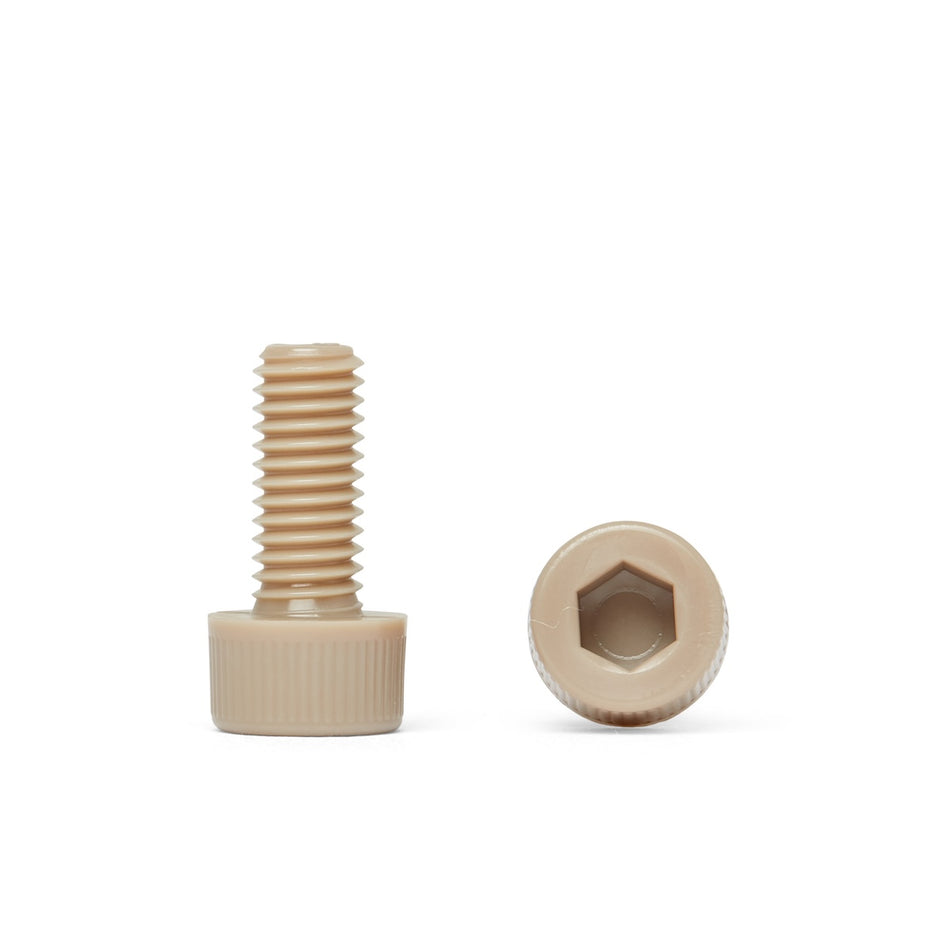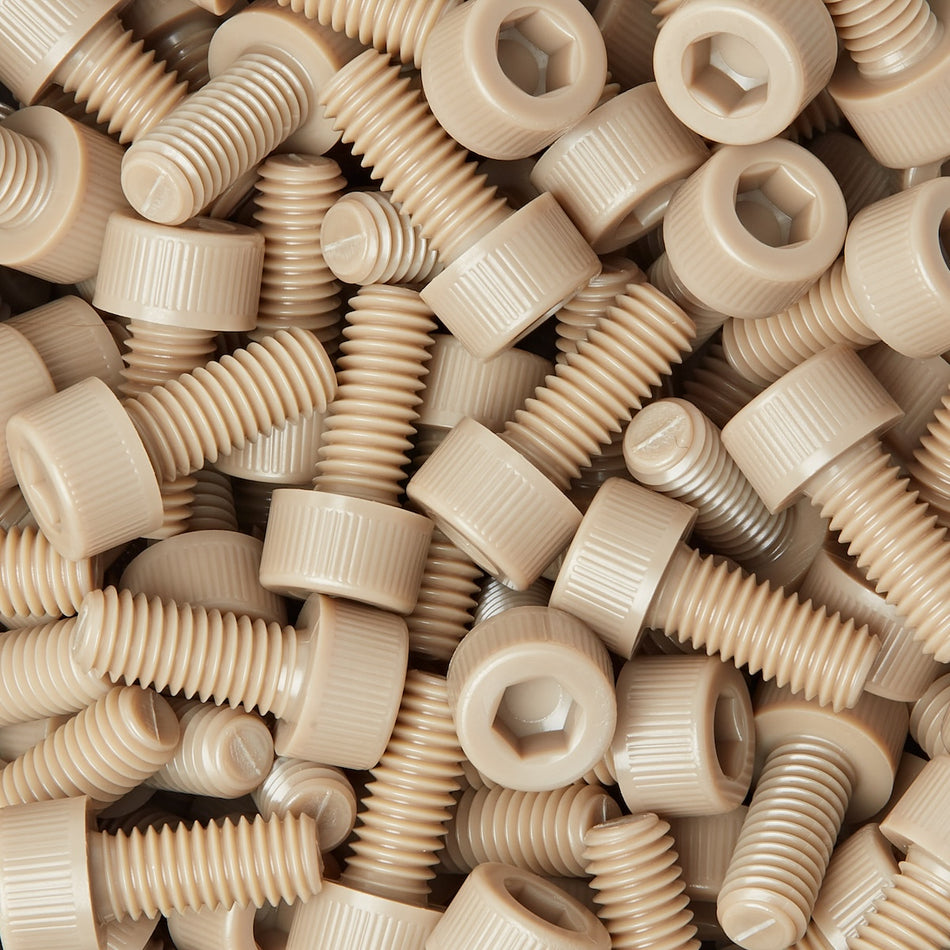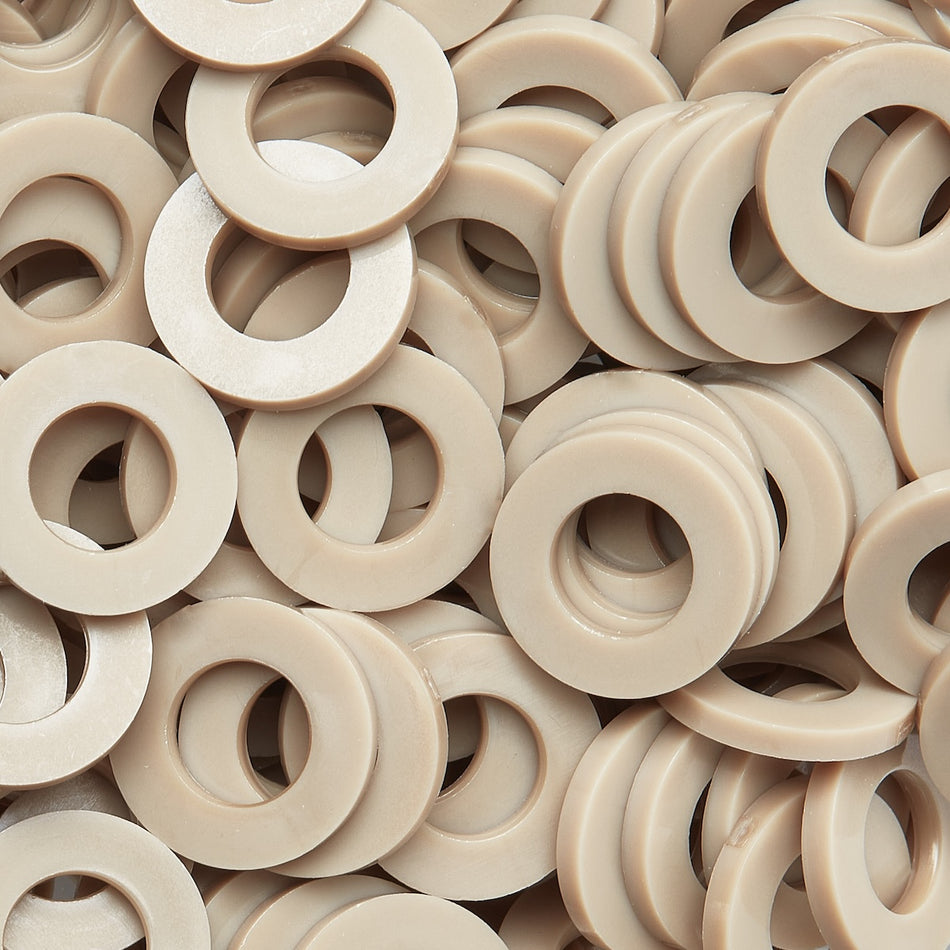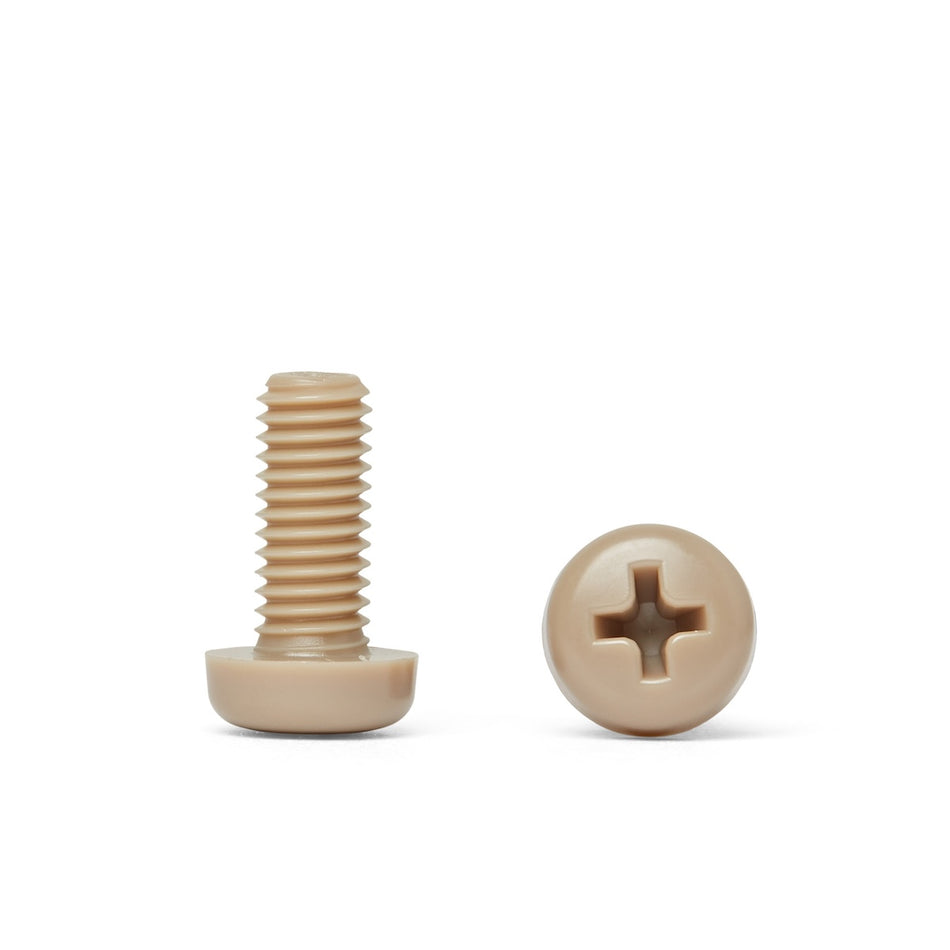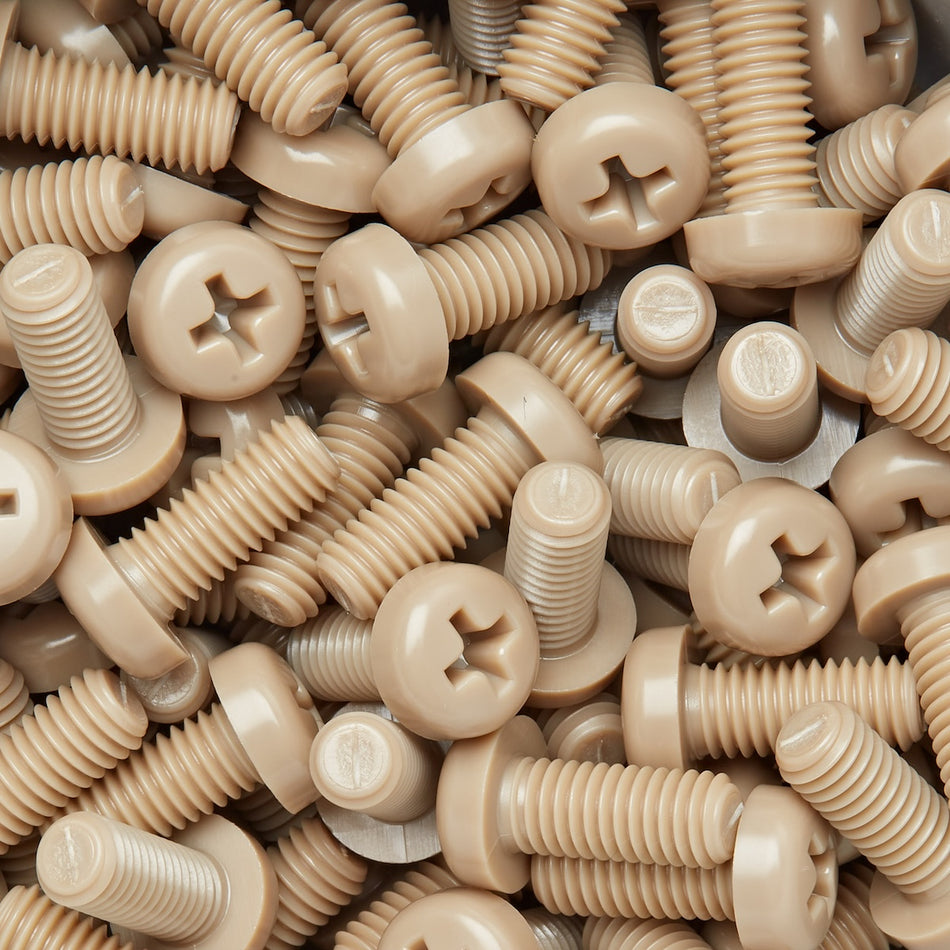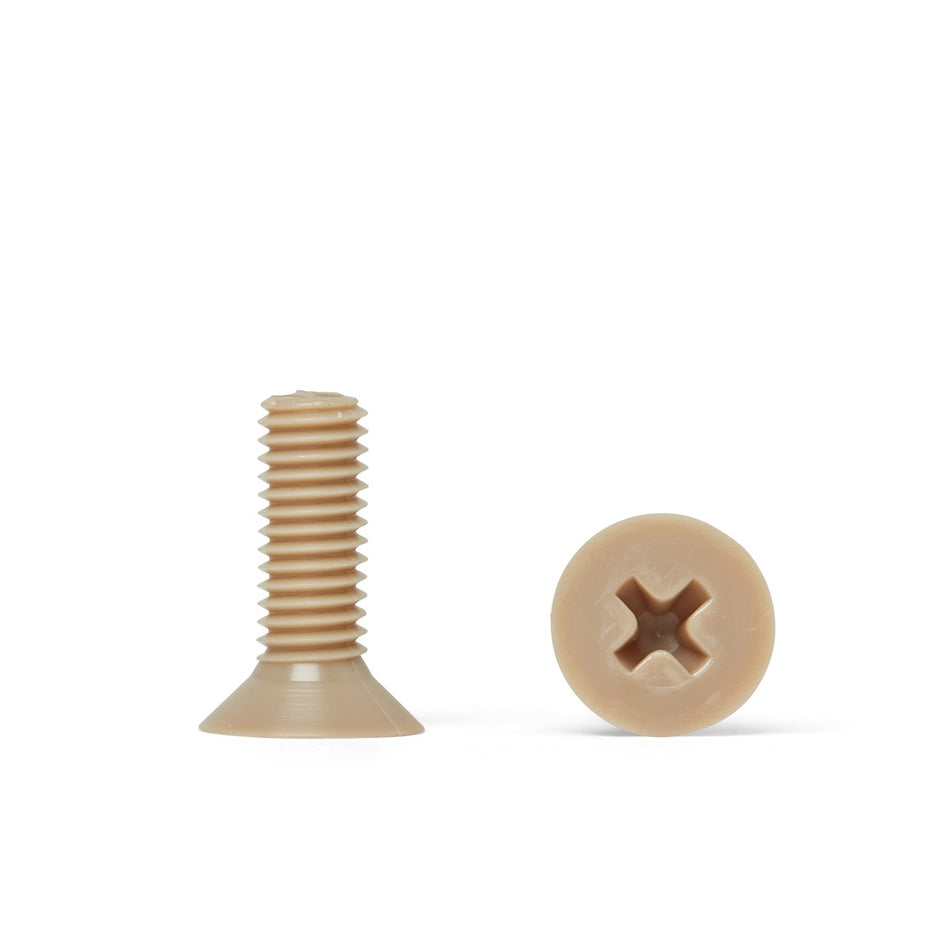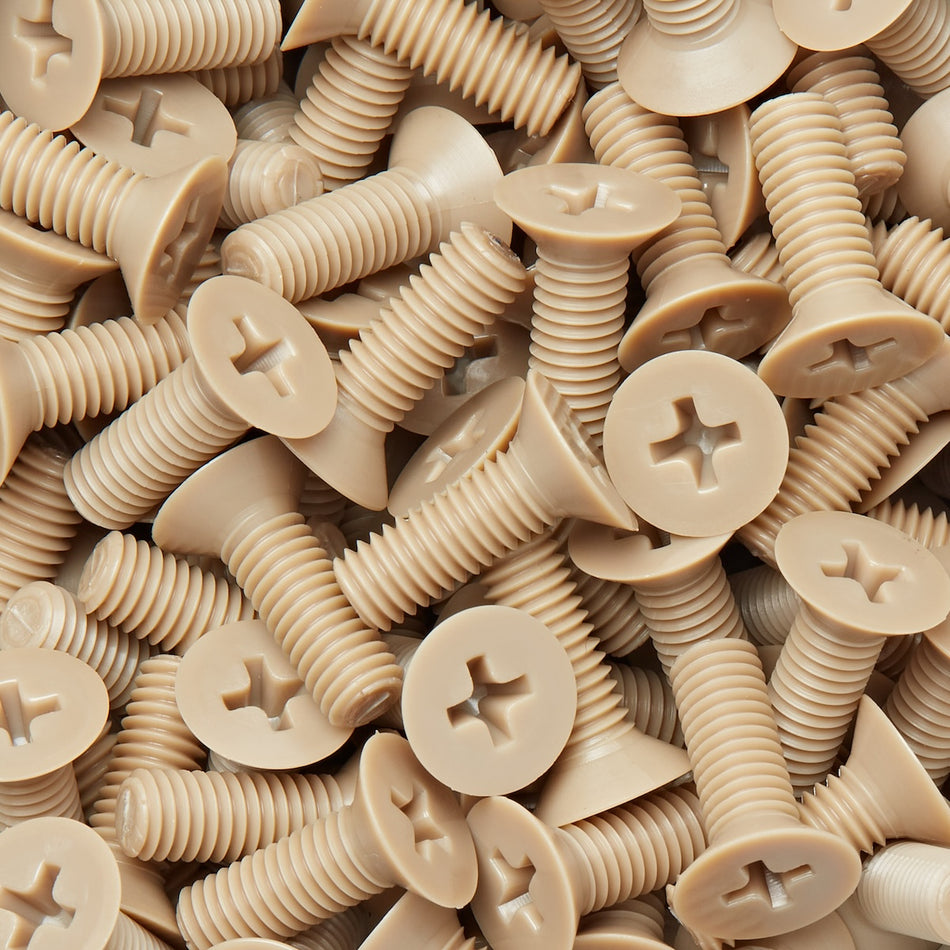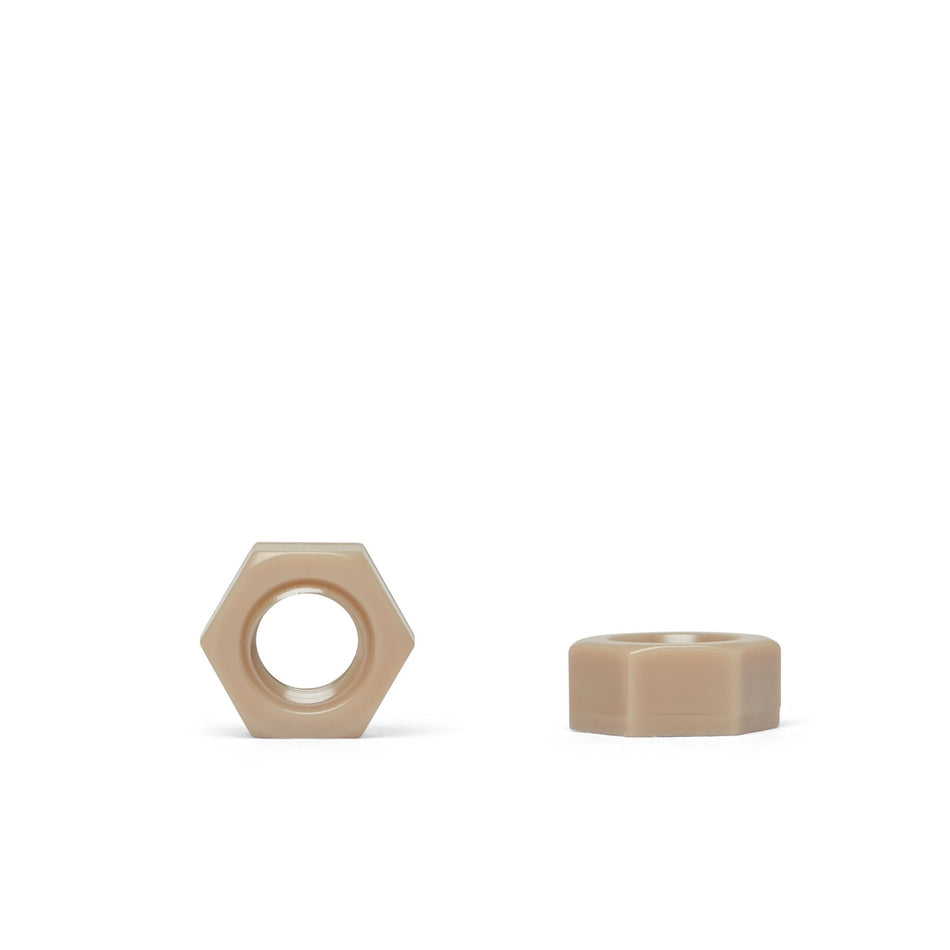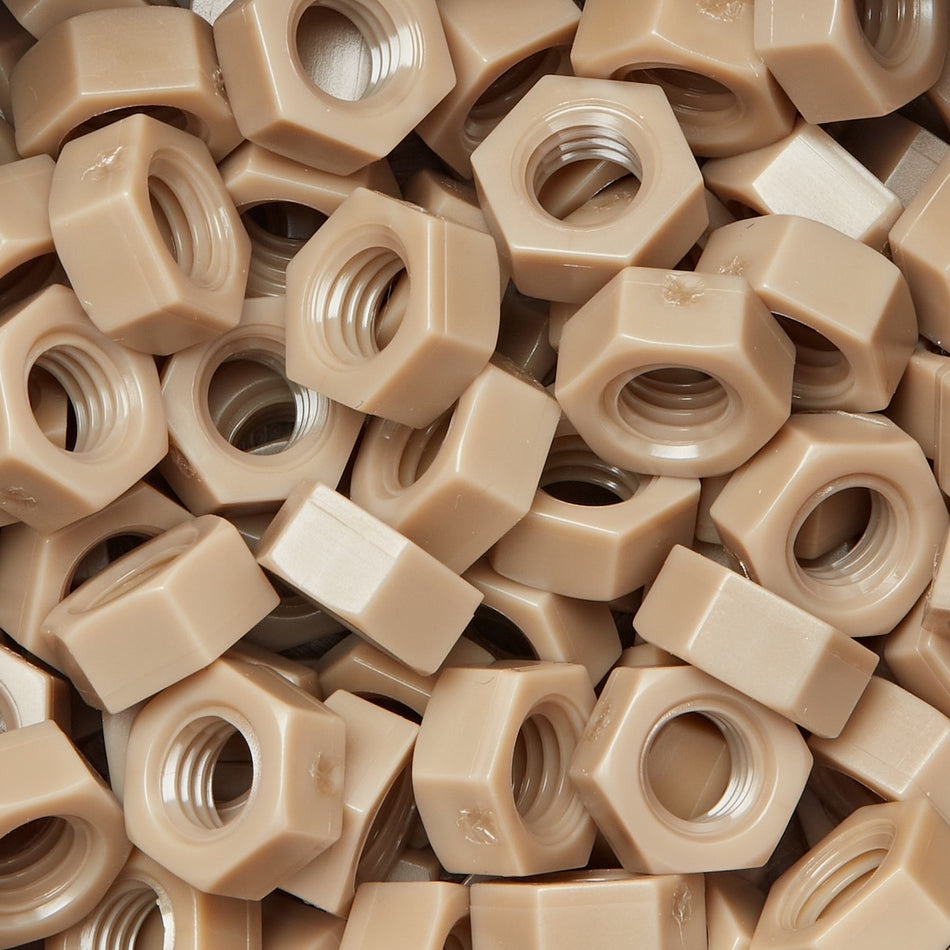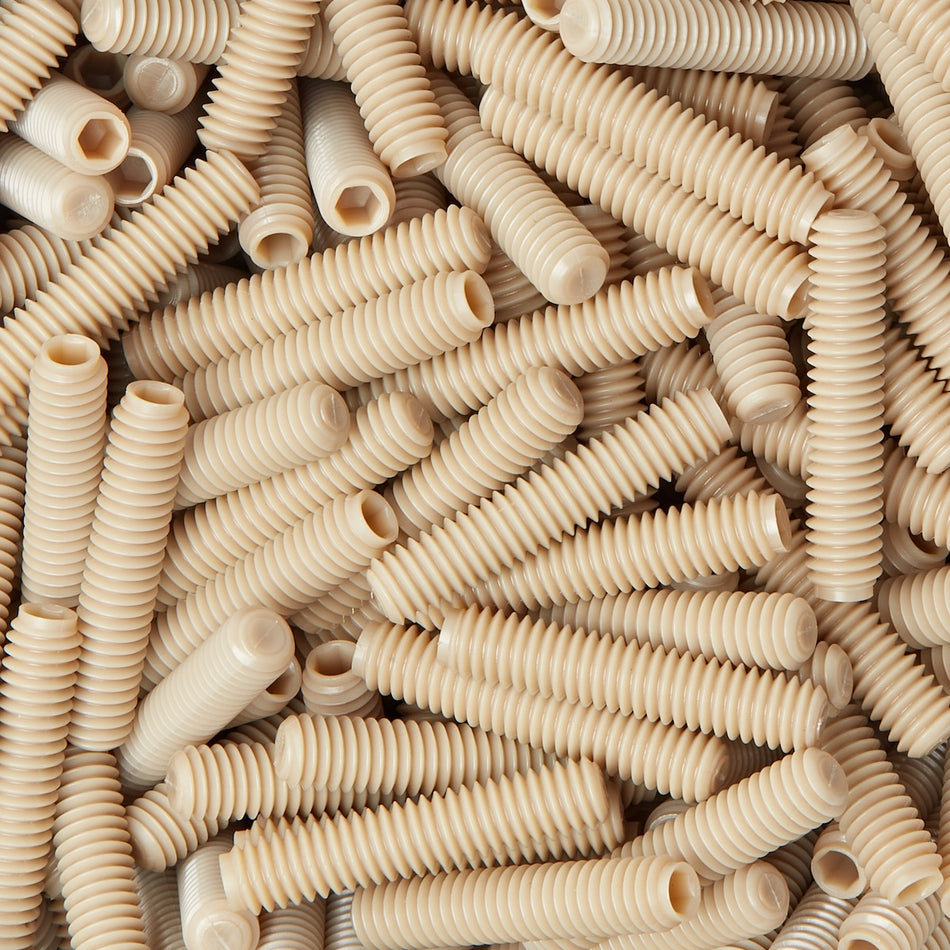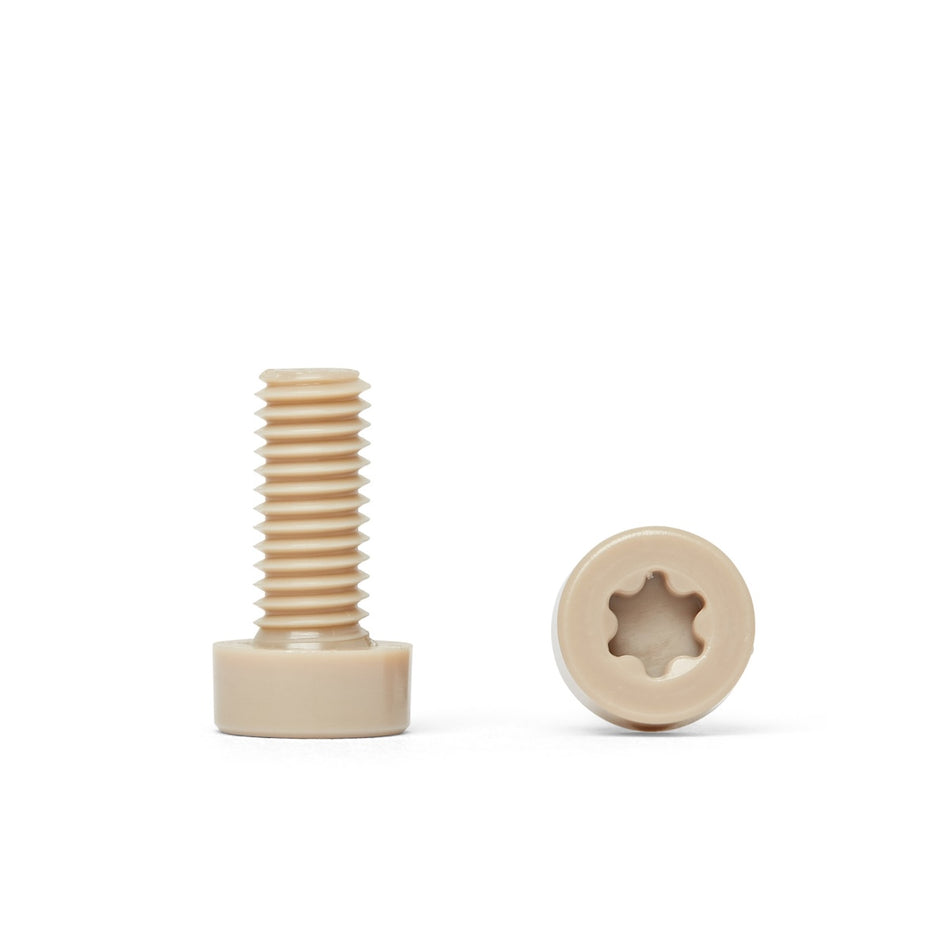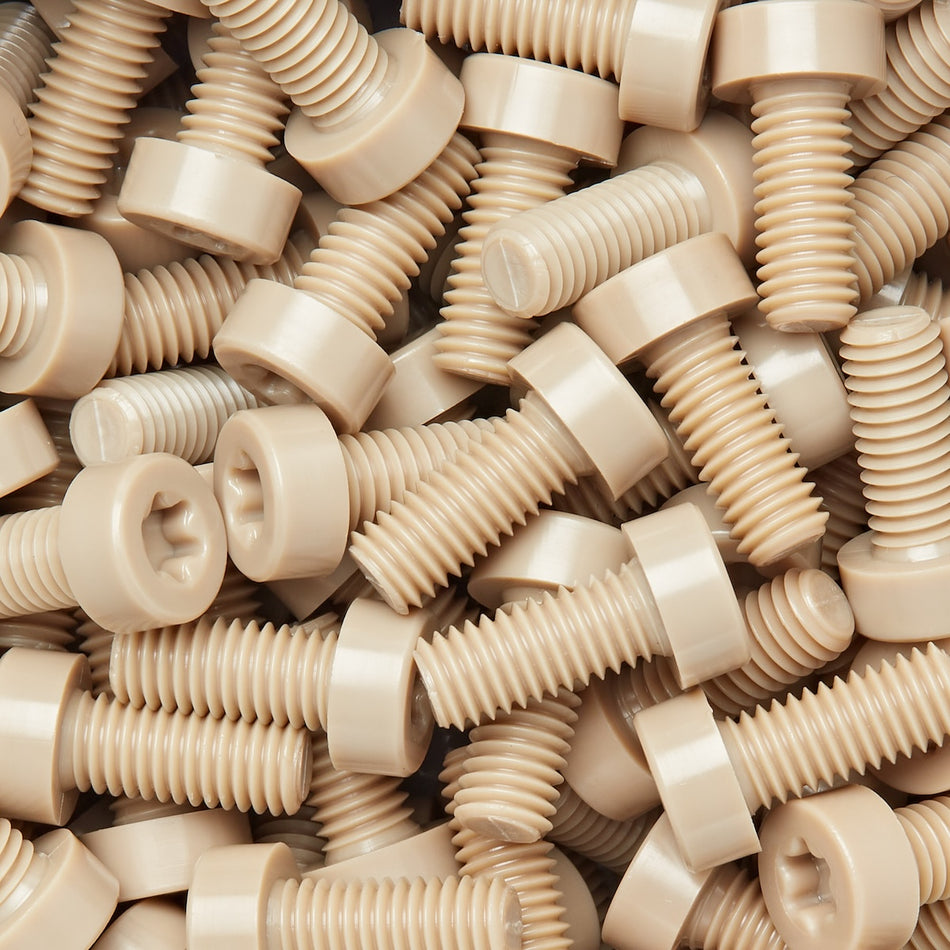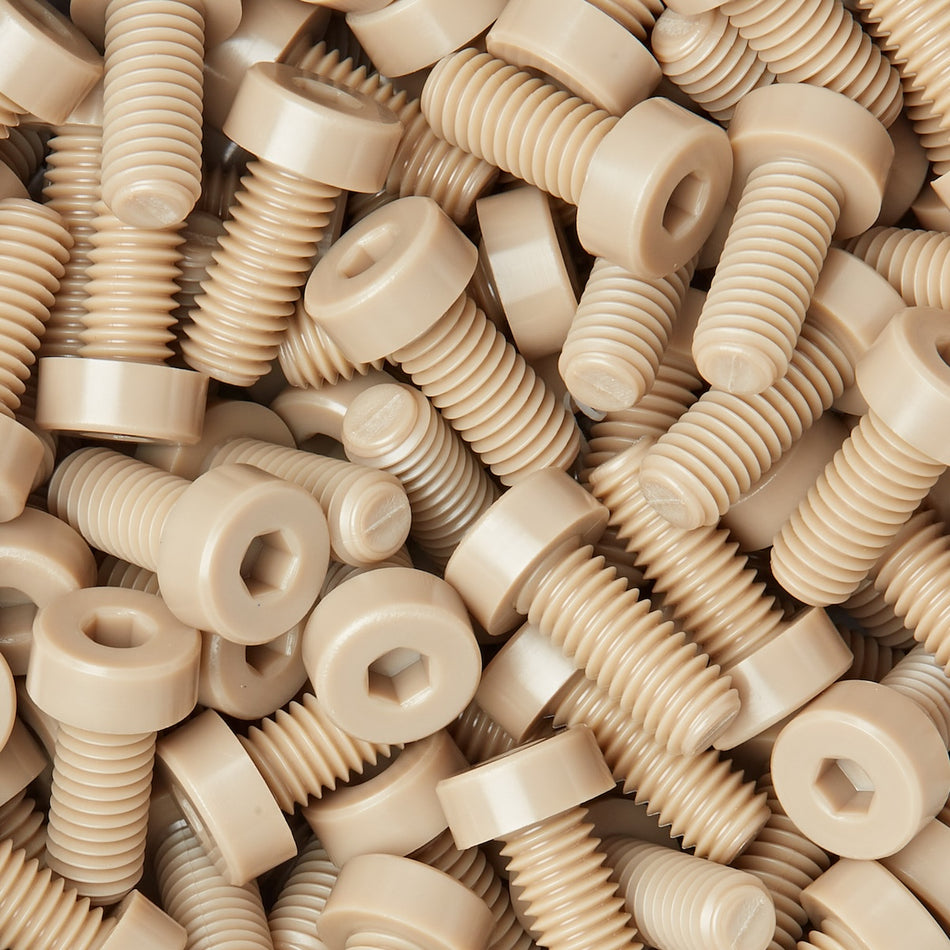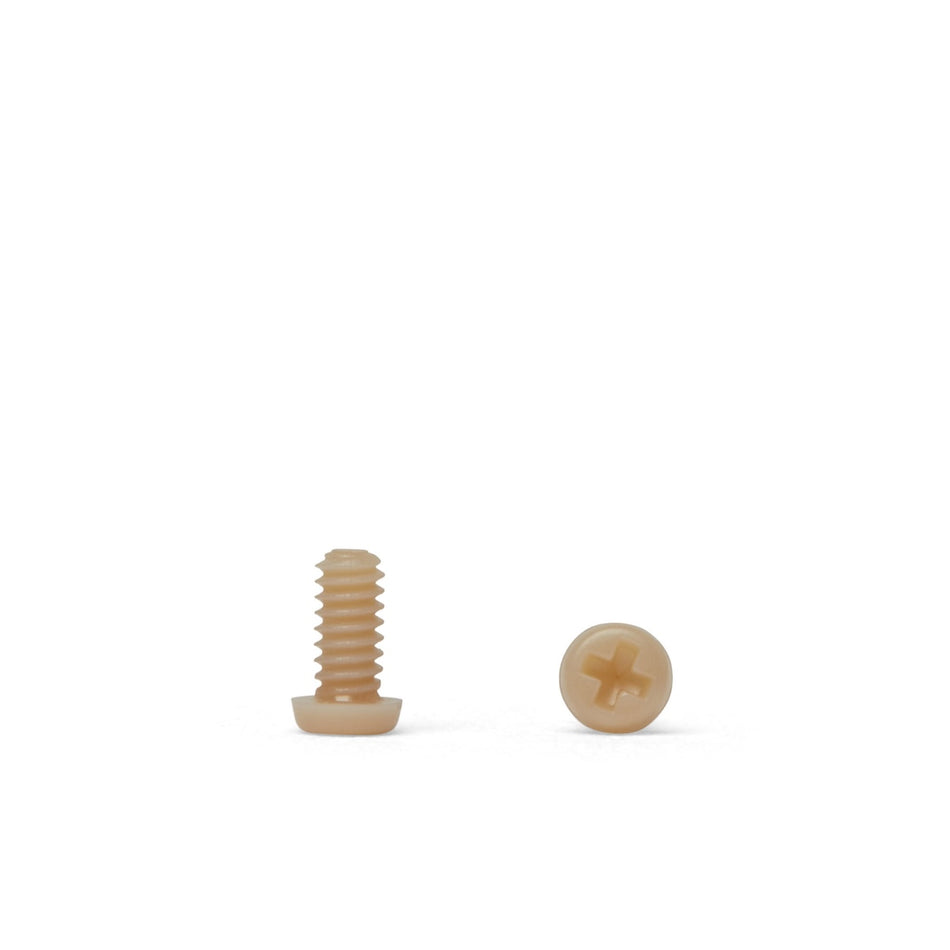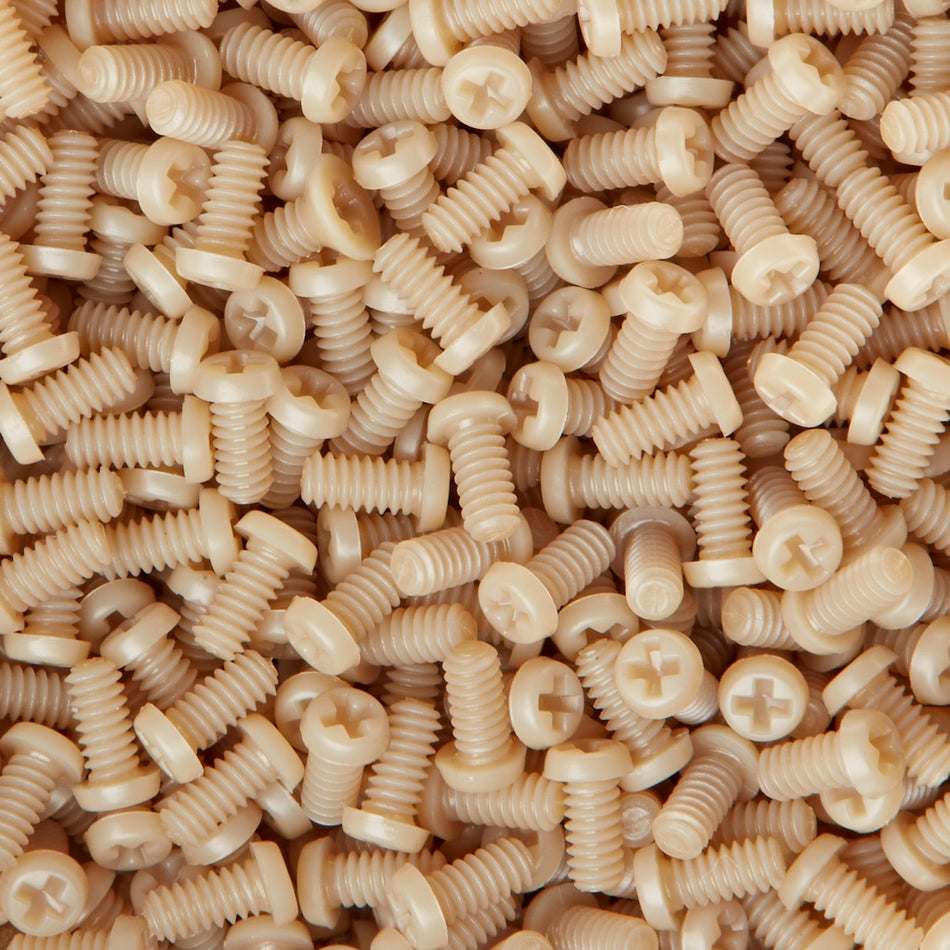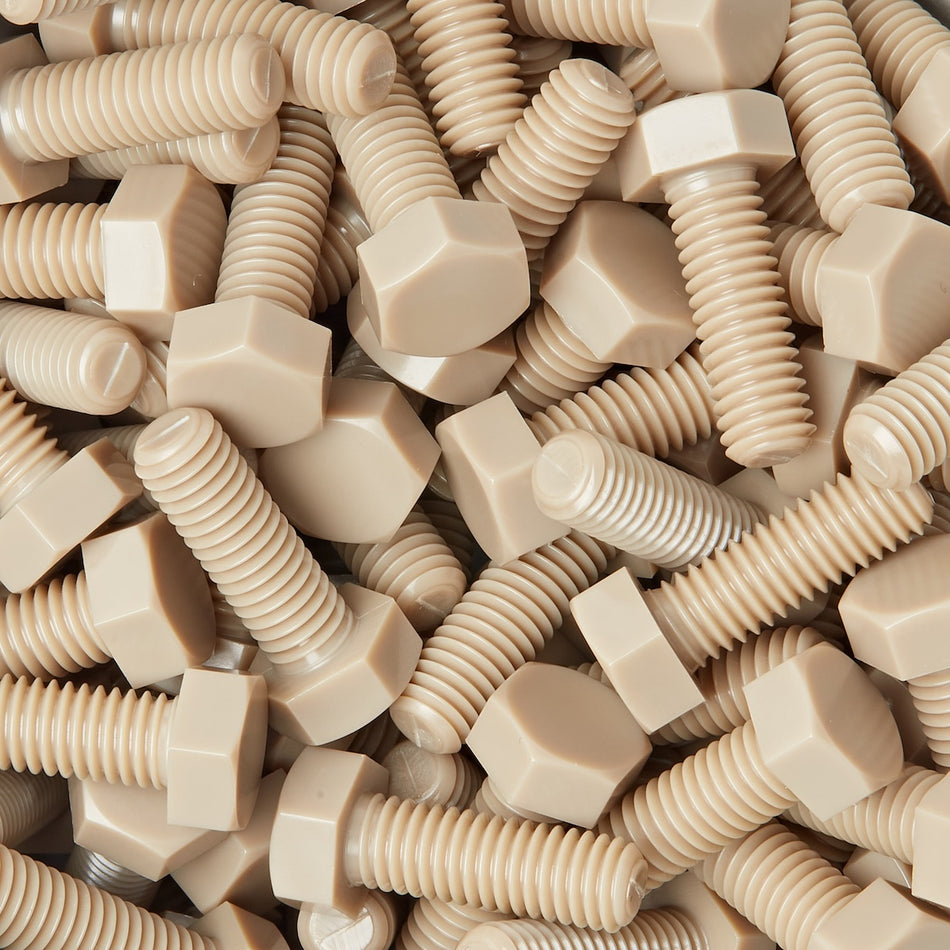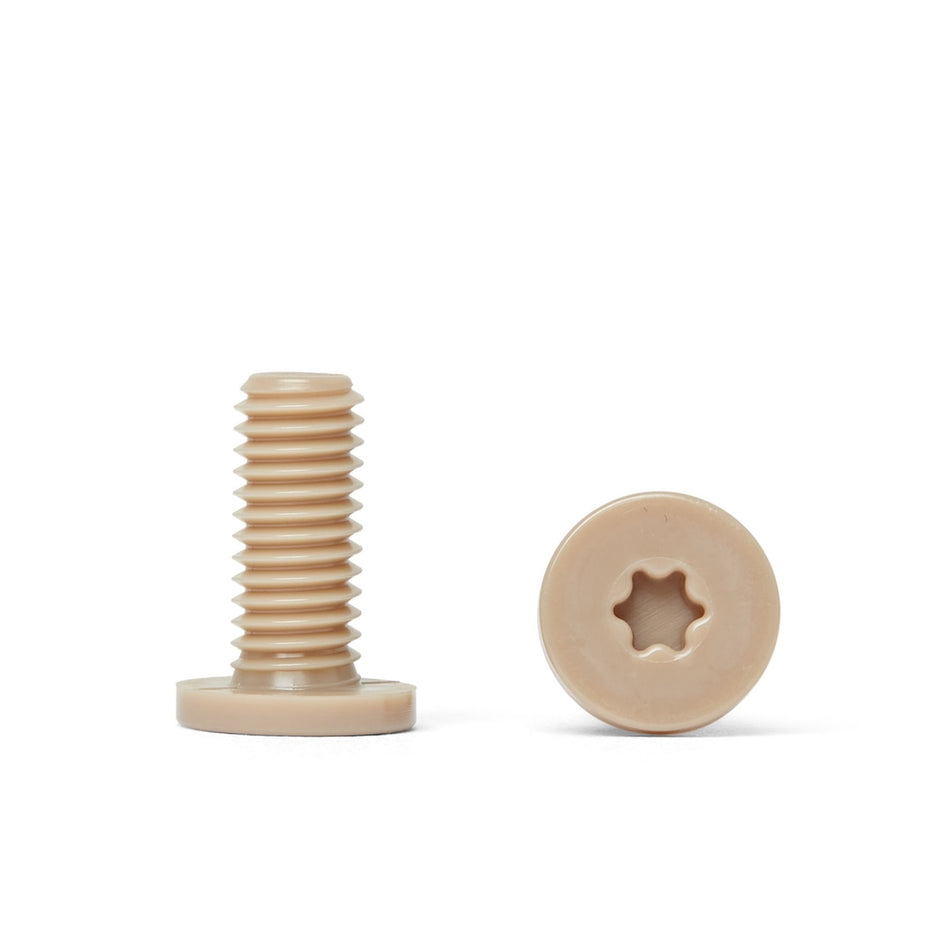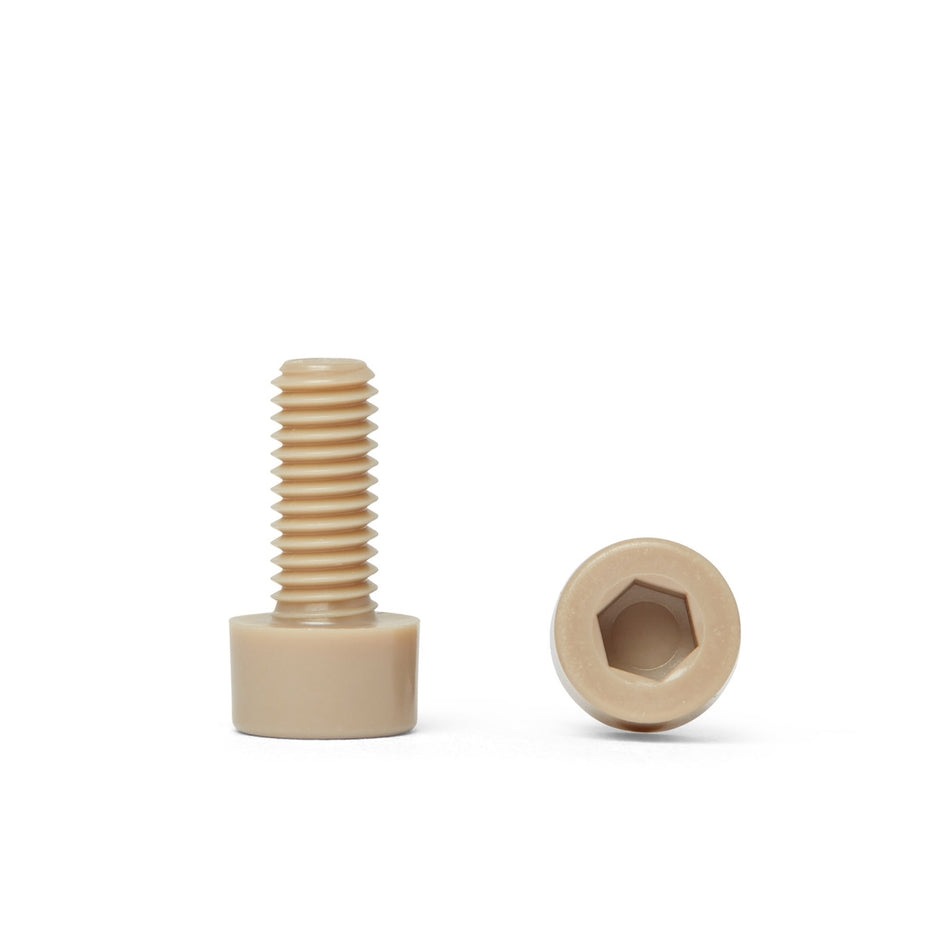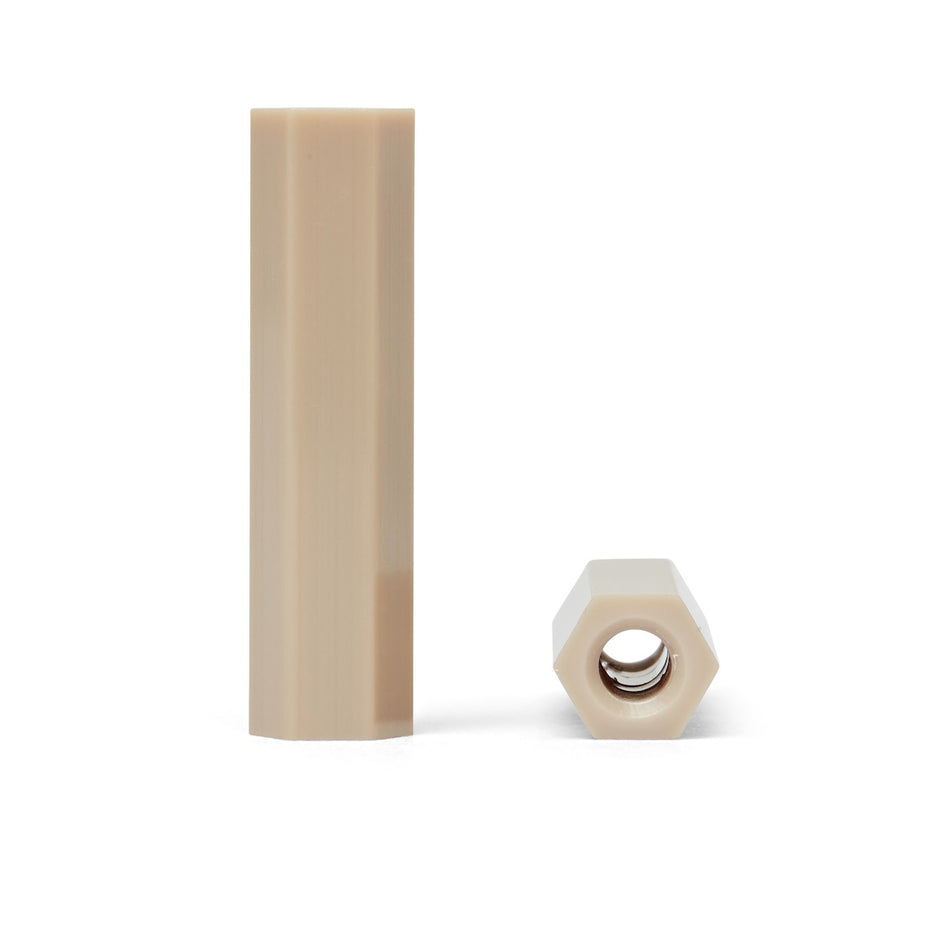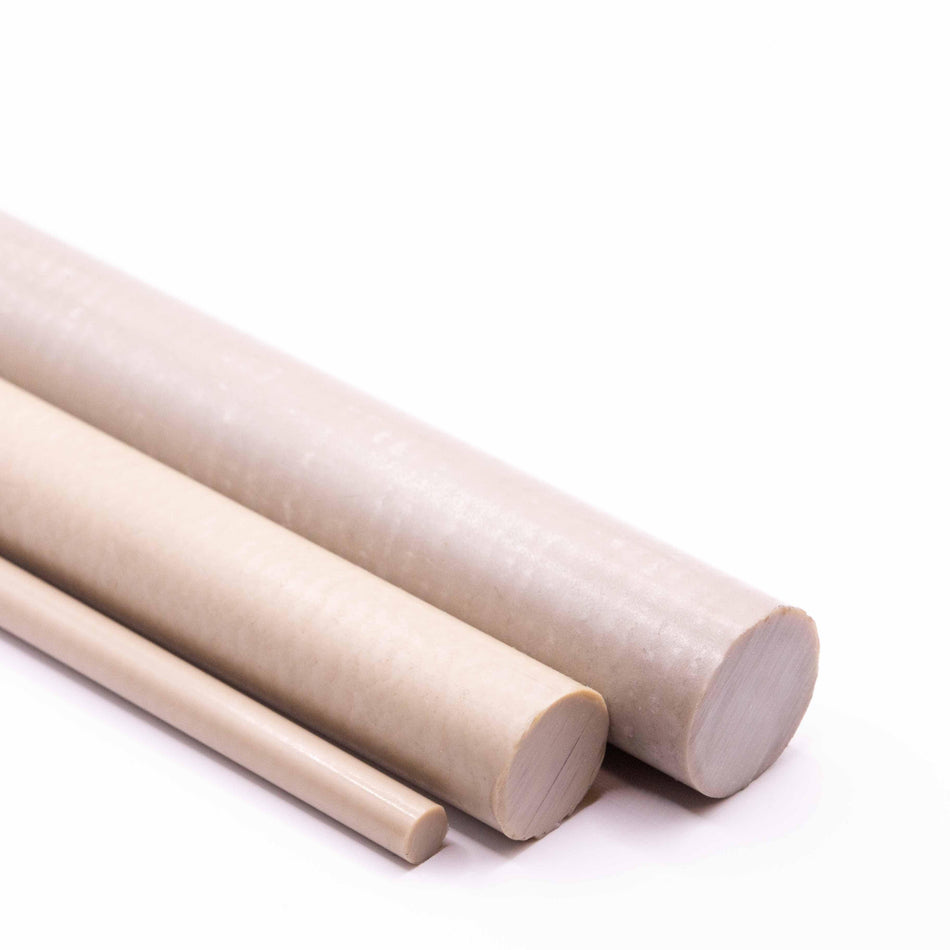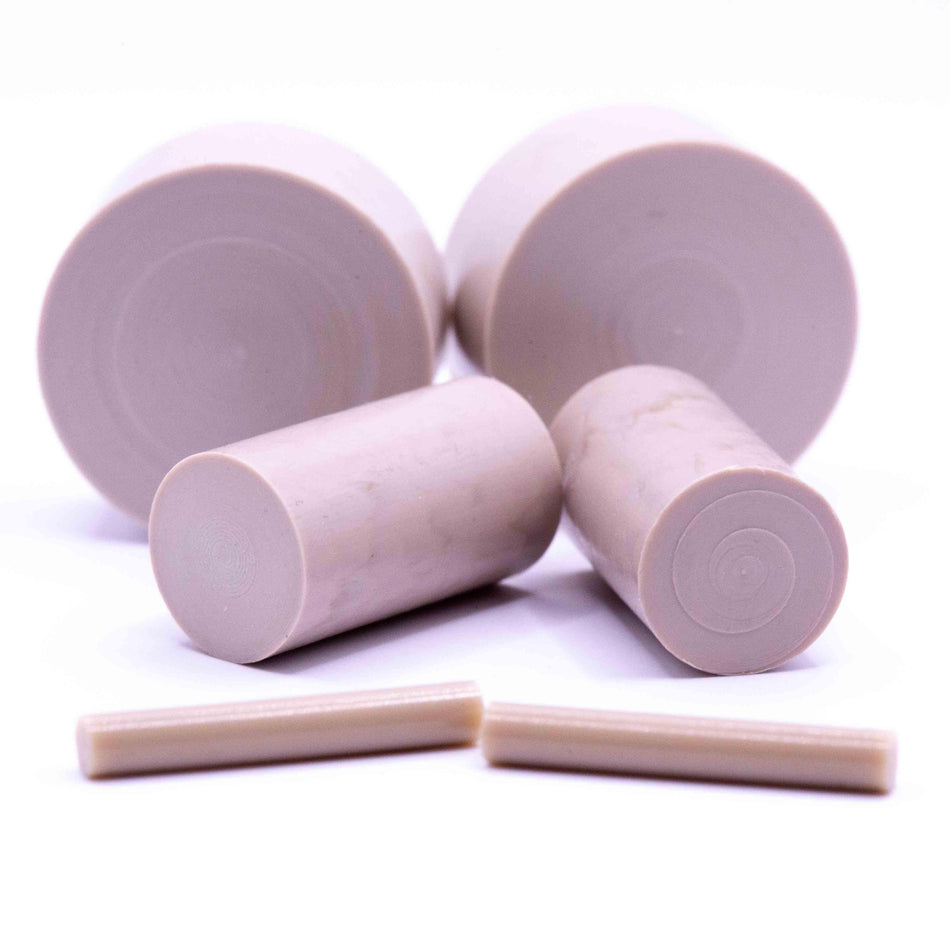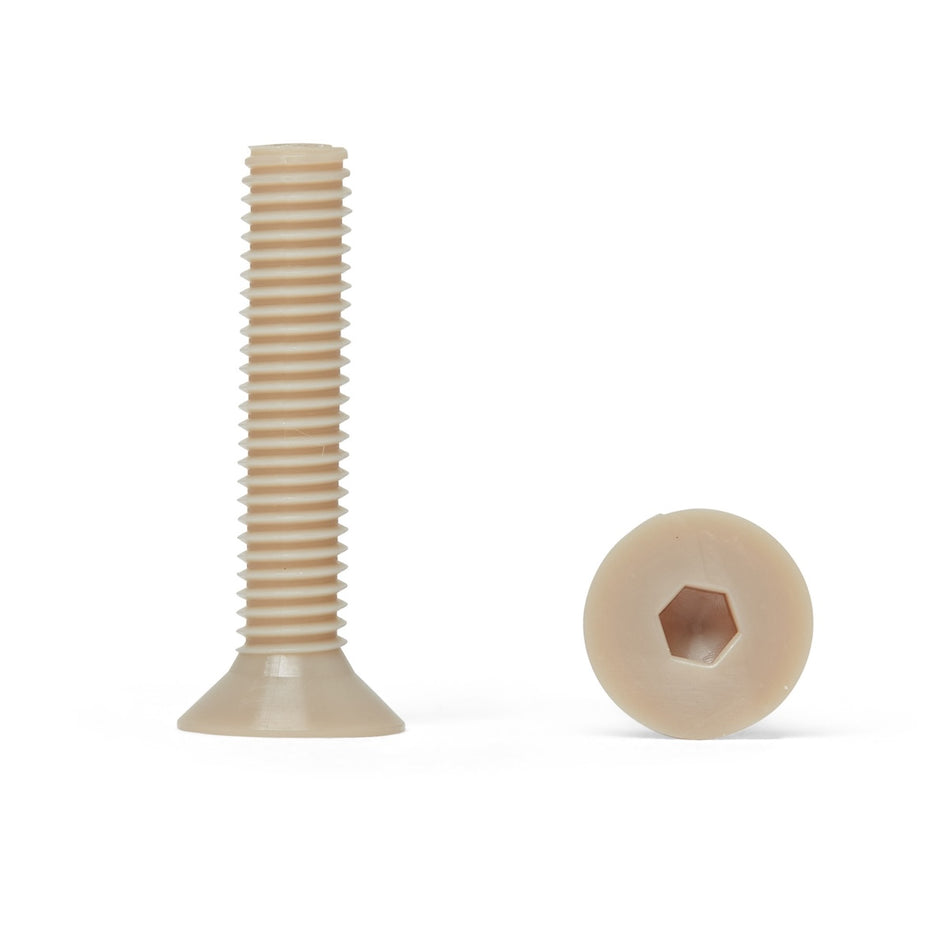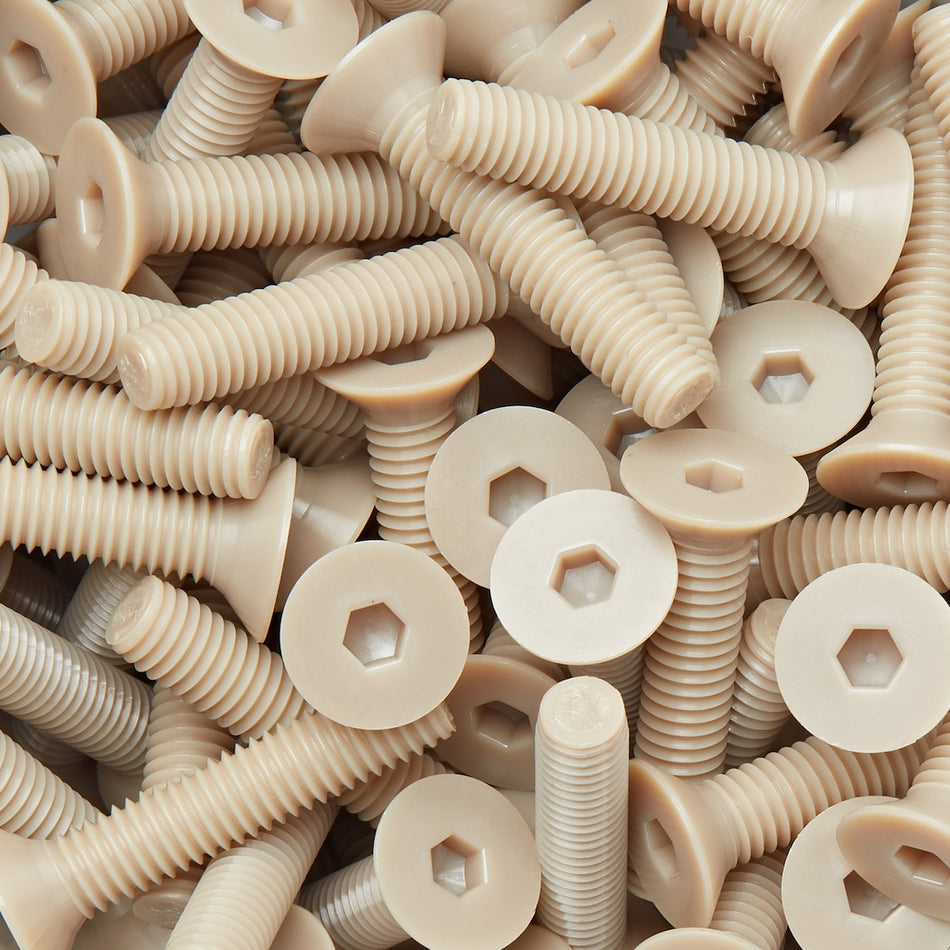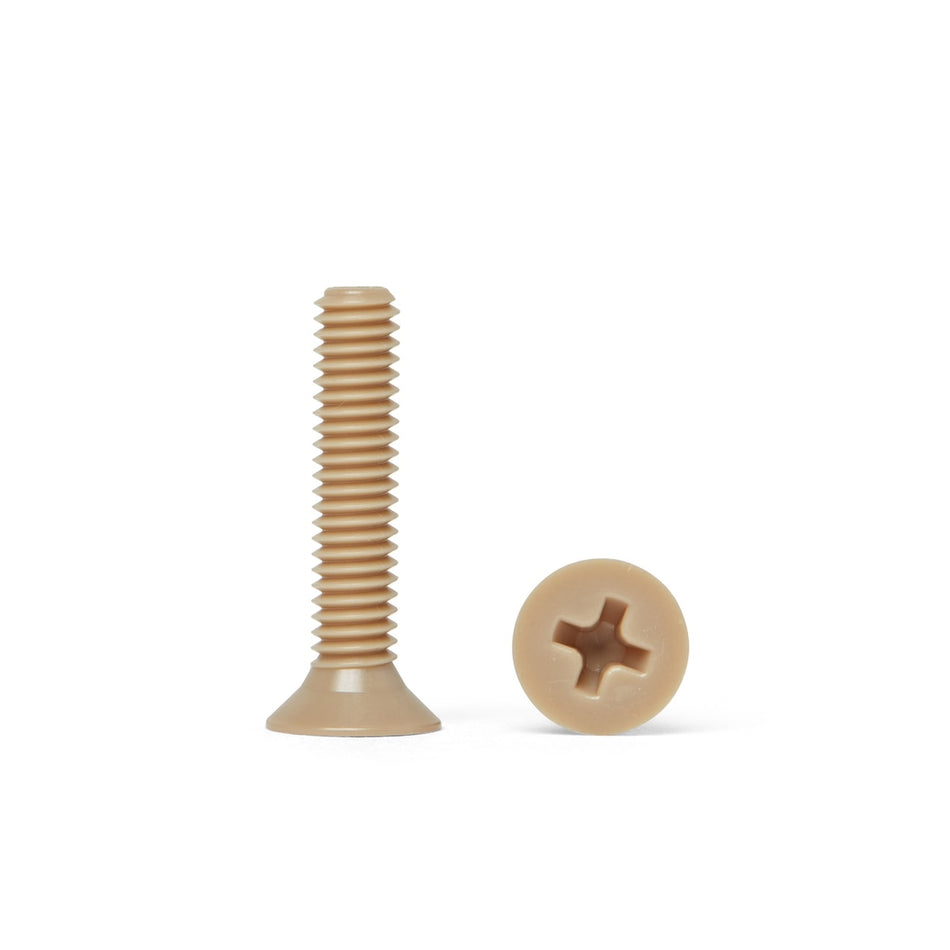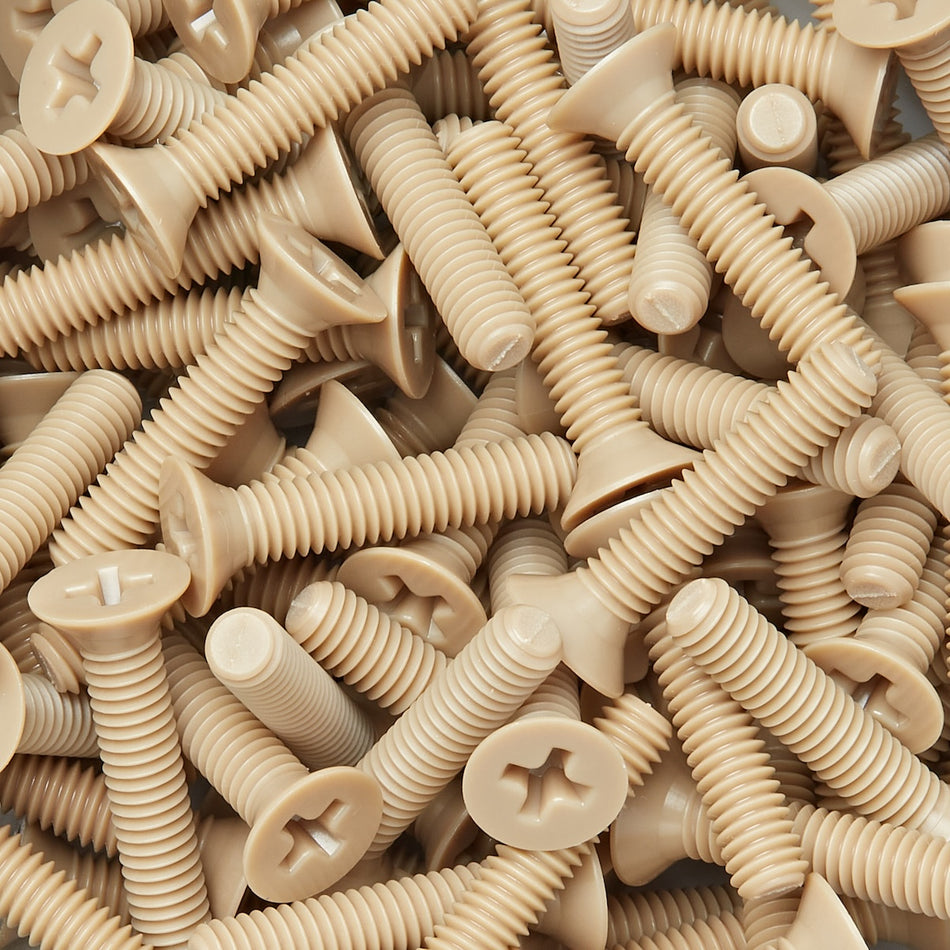72 Products
How Polymer Screws, Nuts, Bolts, and Fasteners are used in Photon Detectors
Polymer screws, nuts, bolts, and fasteners may be used in a variety of applications related to the design, construction, and operation of photon detectors. These types of fasteners are made from a variety of polymers, such as plastic, rubber, or composite materials, and are designed to be strong, durable, and resistant to corrosion.
One potential use of polymer fasteners in photon detectors is in the construction of the detectors themselves. Polymer fasteners may be used to secure and fasten together the various components and subsystems of a photon detector, such as the photocathode, the dynodes, the charge-to-voltage converter, and the photosensitive surface. Polymer fasteners may be preferred over metal fasteners in certain situations due to their lighter weight and resistance to corrosion.
Polymer fasteners may also be used in the maintenance and repair of photon detectors. For example, polymer fasteners may be used to secure and fasten together the various parts and components of a photomultiplier tube, such as the photocathode, the dynodes, and the housing. Polymer fasteners may also be used in the maintenance and repair of other types of photon detectors, such as photodiodes, CCDs, and APDs.
Overall, the use of polymer screws, nuts, bolts, and fasteners can help to improve the performance, reliability, and durability of photon detectors, and may play an important role in the design, construction, and operation of these devices.
A photon detector is a device that is used to detect and measure photons, which are particles of light or electromagnetic radiation. Photon detectors are used in a wide range of applications, including scientific research, medical imaging, telecommunications, and security.
There are several different types of photon detectors, each of which operates using different principles and is suitable for different applications. Some common types of photon detectors include:
-
Photomultiplier tubes: These are high-sensitivity detectors that are used to detect very low levels of light. They work by amplifying the electrical current generated by the impact of a photon on a photocathode, using a series of dynodes.
-
Photodiodes: These are semiconductor devices that are used to detect light or photons. They work by converting the energy of the photon into an electrical current or voltage.
-
Charged coupled devices (CCDs): These are imaging sensors that are used to detect light or photons. They work by transferring the charge generated by the impact of a photon on a photosensitive surface to a charge-to-voltage converter, where it is converted into an electrical signal.
-
Avalanche photodiodes (APDs): These are semiconductor devices that are used to detect light or photons. They work by amplifying the electrical current generated by the impact of a photon on a photosensitive surface through the process of avalanche multiplication.
Overall, photon detectors are an important tool for detecting and measuring light or electromagnetic radiation, and are used in a wide range of applications.

